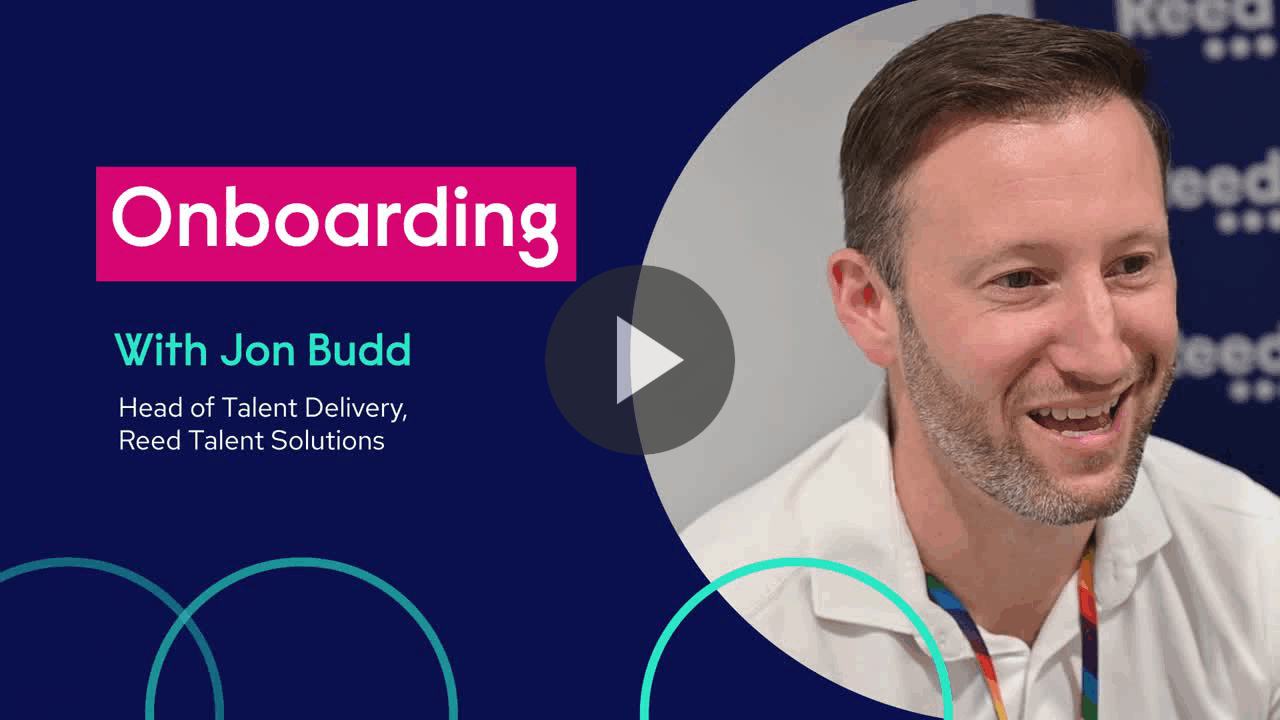A truly modern onboarding process should have the power to supercharge your talent acquisition strategy.
All too often, onboarding can become dull, filled with tick-box exercises or unexciting emails, but an organisation which is able to create an employee- rather than employer-centric process will reap the benefits.
It’s a shift which chimes with the aims of Industry 5.0, a more human-centered, sustainable and resilient way of running a modern organisation.
Before beginning any onboarding process, it's vital to assess your company’s goals and how key areas could benefit from adopting new technology and solutions. With this knowledge in place, organisations can fully embrace the right candidates throughout the recruitment process.
This will lead to candidates becoming not only more engaged in the process itself, but with your company’s values, aims and culture – meaning they are more likely to be committed to your business, boosting productivity and retention.
Those people who enjoy a seamless transition into your company, learning and embracing its culture and goals, helping create a happier, more successful workforce.
In this article, we interview Reed Talent Solutions' Head of Talent Delivery, Jon Budd, and he examines the full scope of the onboarding process, including how it needs to continue beyond someone’s first day of work.

Q: At what stages does onboarding start and end, and how does it work alongside other elements of the process such as selection or screening?
A: Onboarding would typically be considered to start from the moment a verbal offer is accepted and would run through until the day someone actually starts in a role. We’re normally alerted, or our teams are alerted, to any offers that are accepted. They'll then look to pick up an introductory call to outline any onboarding process we have for a given client.
What I would say is that earlier, much earlier in the process during selection, we would already have identified any screening requirements and give a brief outline of what onboarding looks like. We don't want any nasty surprises later down the line.
And what I would say, is that organisations can sometimes think that is the definitive end point - when someone starts in the role. That can be a big mistake. Certainly, those first two, three months in a role, they really want to continue with those onboarding procedures to make sure someone's fully embedded in their culture.
Q. What are the essential elements of a strong onboarding process?
A: High value human interactions are absolutely essential. It’s the combination of those together with the right use of tech which will make for a strong onboarding process. We need to make sure that all of our teams understand any given client's requirements and that they can outline those to candidates clearly and accurately.
And also, of course, right to work is absolutely critical. We need to ensure that all of our teams fully understand the Home Office regulations in that respect.
Q: How can organisations make sure they have a seamless and effective onboarding process that keeps candidates happy and engaged?
A: To make sure that candidates are happy and engaged in the process, we need to ensure that the frequency of contact is sufficient and matches the requirements of the personal candidate. Everyone has different requirements, so we need to make sure we are talking to those candidates about what their requirements are.
We also need to make sure that anything we communicate with them is accurate and up to date. Things can change and we really want to embed them in the culture of what is going to be their new organisation.
It's not just the upfront contact, it's making sure that we are looking at things that are going on within the wider business. That could be social events that are coming up. It could be monthly newsletters, any updates that will make a candidate feel more a part of that company.
Q: How can onboarding be used to make sure a new recruit understands and takes on an organisation’s structure, culture, vision, mission and values?
A: There are various ways that we can look to do that. As I was mentioning before, we could issue weekly or monthly newsletters, ensure the invites go out to social events, anything that really gives them a feel for the daily life in that business - it is really crucial that this doesn't just stop, though, when they do start in the role or when we stop providing that additional onboarding.
Organisations need to make sure that carries on for those first two, three, four months, ensuring that any candidate has a real insight into the business, is very understanding of the company's mission statement and values, and feels embedded in the culture.
If you need help with your onboarding requirements or with any other element of futureproofing your talent acquisition strategy, speak to one of our team.

